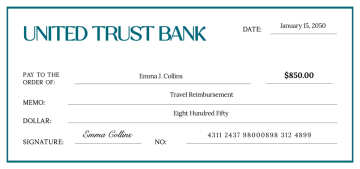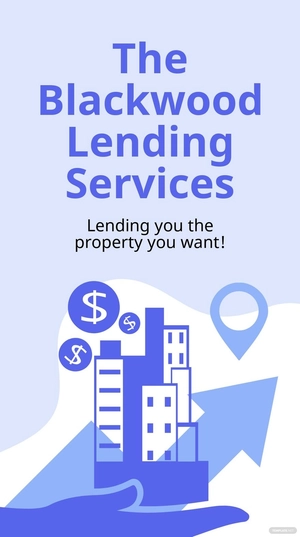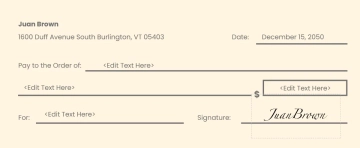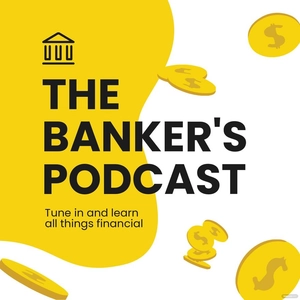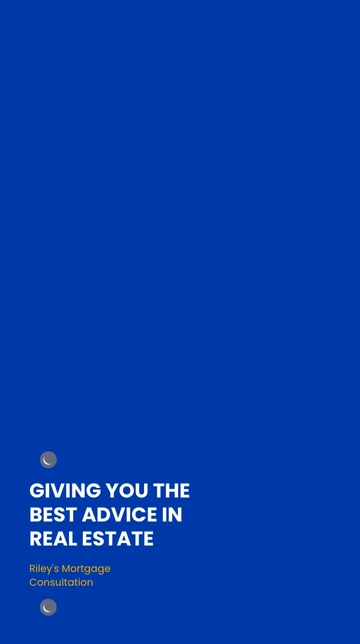Free Nursing Home Financial Strategy
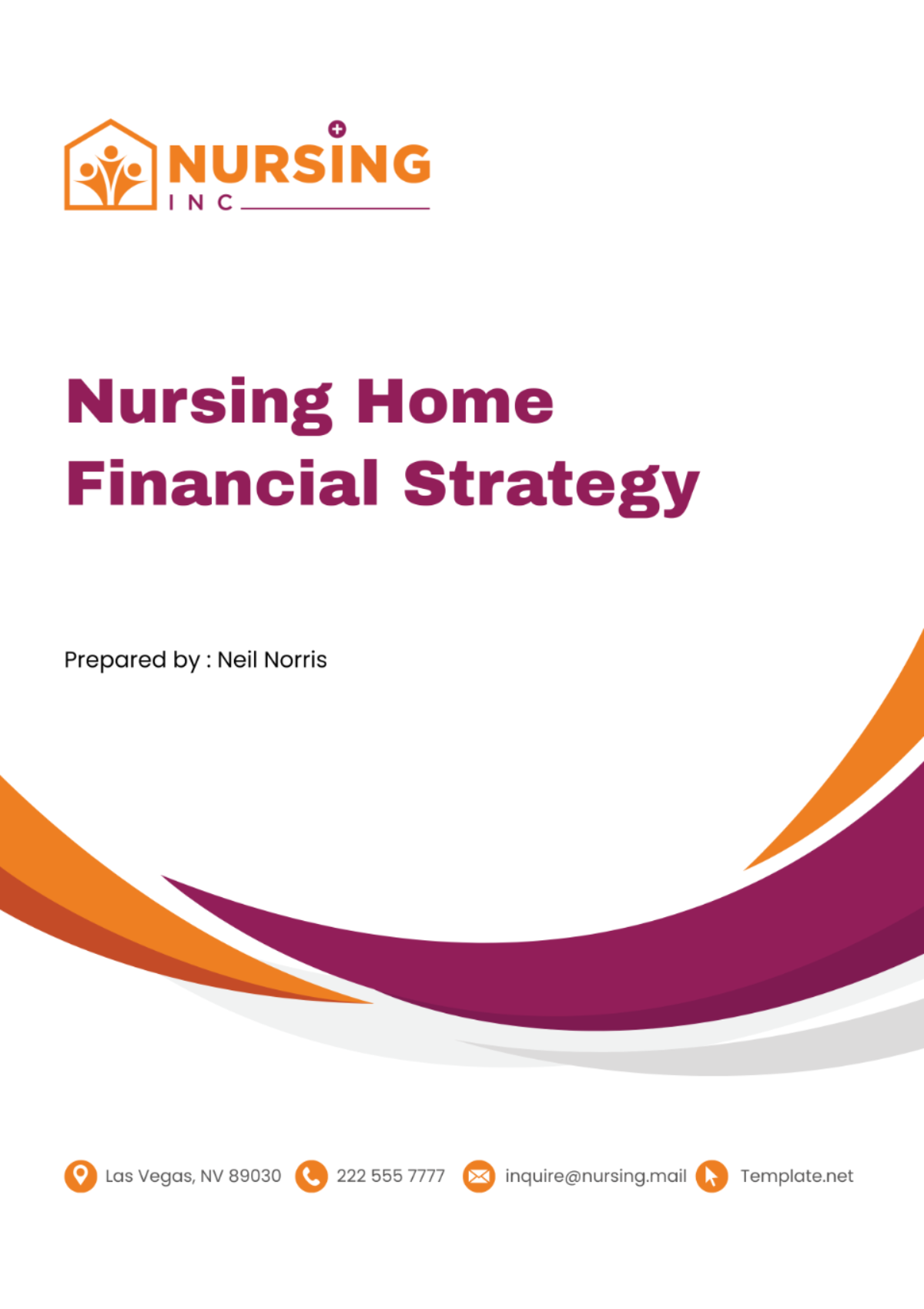
A. Budgeting and Financial Planning
Effective budgeting and financial planning are essential for ensuring the fiscal health and sustainability of our nursing home while maintaining the highest standards of care for our residents. By meticulously forecasting revenue streams, anticipating expenses, and strategically allocating resources, we can optimize financial performance and fulfill our mission of providing exceptional care to those we serve. Below are the four-step processes outlined in our Budgeting and Financial Planning section.
Revenue Projection ↓ Expense Forecasting ↓ Budget Allocation ↓ Monitoring and Adjusting |
Revenue Projection: Utilizing historical data and current market trends, we forecast revenue streams from various sources, including Medicare, Medicaid, private insurance, and private pay residents. This involves analyzing reimbursement rates, occupancy rates, and changes in payer mix to accurately estimate future income.
Expense Forecasting: We meticulously analyze all expenses, including staffing costs, medical supplies, utilities, and administrative overhead. By projecting these expenses based on historical data, contractual obligations, and anticipated changes, we can develop a comprehensive understanding of our financial obligations.
Budget Allocation: With revenue projections and expense forecasts in hand, we allocate resources strategically to ensure efficient operation while prioritizing resident care. This involves setting budgets for each department or cost center, identifying areas for cost containment, and allocating funds to priority areas such as staffing, training, and facility maintenance.
Monitoring and Adjusting: Continuous monitoring of financial performance against budgeted targets allows us to identify variances and take corrective action as needed. Regular financial reports and performance reviews enable us to track progress, make informed decisions, and adjust our plans accordingly to ensure financial stability and sustainability over time.
B. Revenue Generation
Revenue generation is a critical aspect of our nursing home's financial strategy, ensuring sustainable operation and the ability to provide high-quality care to our residents. To maximize revenue streams, we employ a multifaceted approach that encompasses various strategies tailored to our specific market dynamics and regulatory environment.
Optimizing Government Program Reimbursements |
|
Private Pay Offering Development |
|
Exploring Alternative Funding Sources |
|
C. Expense Management
Expense management plays a pivotal role in maintaining the financial health and sustainability of our nursing home. By proactively identifying opportunities to minimize overhead costs and enhance operational efficiency, we can allocate resources more effectively to support our core mission of providing exceptional care to our residents.
1. Overhead Cost Reduction
Identifying and mitigating unnecessary overhead costs is a primary focus of our expense management strategy. This involves:
Space Optimization: Maximizing the use of available space within our facility through efficient layout design and utilization planning.
Energy-Saving Measures: Implementing energy-efficient technologies and practices to reduce utility expenses without compromising resident comfort or safety.
2. Supplier Negotiation
Negotiating favorable terms with suppliers is essential for controlling procurement costs. Our approach includes:
Vendor Partnerships: Cultivating strong relationships with vendors to negotiate volume discounts, favorable payment terms, and value-added services.
Competitive Bidding: Conducting regular competitive bidding processes to ensure we are obtaining the best possible pricing for goods and services.
3. Process Streamlining
Streamlining operational processes enhances efficiency and reduces waste. Key initiatives include:
Workflow Optimization: Analyzing workflow processes and eliminating unnecessary steps or bottlenecks to improve productivity and reduce labor costs.
Technology Integration: Leveraging technology solutions such as electronic health records (EHR) and automated billing systems to streamline administrative tasks and minimize manual intervention.
4. Staffing Optimization
Aligning staffing levels with resident needs and census fluctuations is essential for maintaining cost-effective operations. Our approach involves:
Flexible Staffing Models: Implementing flexible staffing models that allow us to adjust staffing levels based on resident acuity and occupancy levels.
Cross-Training Initiatives: Cross-training staff members to perform multiple roles enables us to optimize staffing levels while maintaining quality care delivery.
D. Cash Flow Management
Cash flow management is fundamental to the financial stability and operational continuity of our nursing home. By effectively managing cash inflows and outflows, we can ensure sufficient liquidity to meet our financial obligations and support ongoing operations.
1. Timely Billing and Collection
Ensuring prompt billing and collection processes is essential for maintaining a healthy cash flow. Key strategies include:
Billing Accuracy: Generating accurate invoices in a timely manner to facilitate prompt payment from payers, including government programs, private insurers, and private pay residents.
Collections Procedures: Implementing proactive collections procedures to follow up on outstanding accounts receivable and minimize payment delays.
2. Supplier Payment Management
Managing payment cycles to suppliers helps optimize cash flow and maintain positive vendor relationships. This involves:
Payment Terms Negotiation: Negotiating favorable payment terms with suppliers to align payment schedules with cash availability and optimize working capital.
Payment Automation: Utilizing automated payment systems to streamline the accounts payable process and expedite vendor payments.
3. Cash Reserve Allocation
Maintaining a cash reserve is essential for covering unexpected expenses and mitigating cash flow fluctuations. Strategies for cash reserve allocation include:
Emergency Fund: Establishing a dedicated reserve fund to cover unforeseen expenses such as equipment repairs, regulatory fines, or sudden increases in operating costs.
Prudent Spending: Exercising fiscal discipline and prioritizing expenditures to preserve cash reserves for essential needs and strategic investments.
4. Cash Flow Forecasting
Utilizing cash flow forecasting tools helps predict future cash inflows and outflows, enabling proactive management of liquidity. This involves:
Financial Modeling: Developing comprehensive cash flow models based on historical data, revenue projections, and expense forecasts to anticipate cash flow trends.
Scenario Analysis: Conducting scenario analysis to assess the potential impact of various factors on cash flow, such as changes in reimbursement rates or occupancy levels.
E. Investment and Asset Management
Effective investment and asset management are crucial for optimizing the financial resources of our nursing home and ensuring long-term sustainability. Our approach encompasses proactive strategies to manage our assets, including investments, properties, and equipment, to maximize their value and utility.
An asset management plan guides our efforts to maintain and enhance the value of our assets. This includes implementing regular maintenance schedules and replacement plans to prolong the lifespan and functionality of our equipment and facilities. Additionally, we prioritize insurance coverage to mitigate risks associated with asset damage or loss, safeguarding our financial interests and ensuring continuity of operations.
In managing our investments, we adhere to a disciplined approach that considers our organization's risk tolerance and financial goals. We maintain a diversified investment portfolio to spread risk and optimize returns over the long term. This approach allows us to navigate market fluctuations while preserving and growing the financial resources necessary to support our mission of providing exceptional care to our residents.
F. Compliance and Risk Management
Compliance with financial regulations, billing requirements, and quality standards is paramount to the success and sustainability of our nursing home. By prioritizing adherence to laws and regulations, we uphold the trust of our stakeholders and mitigate the risk of penalties or legal consequences.
1. Regulatory Compliance
Staying updated on regulatory changes and requirements is essential for maintaining compliance. Key strategies include:
Regulatory Monitoring: Continuously monitoring federal, state, and local regulations relevant to our operations to ensure timely implementation of compliance measures.
Policy Development: Developing and updating policies and procedures to reflect regulatory changes and ensure consistency in compliance practices across the organization.
2. Billing Integrity
Ensuring accuracy and integrity in billing practices is critical for maintaining financial accountability and preventing fraud or billing errors. This involves:
Documentation Integrity: Implementing robust documentation practices to support billing claims and justify services provided to residents.
Claims Auditing: Conducting regular audits of billing claims to identify discrepancies or irregularities and take corrective action as needed.
3. Quality Standards Adherence
Adhering to quality standards is fundamental to delivering exceptional care and maintaining the trust of residents and their families. Strategies for quality assurance include:
Quality Improvement Initiatives: Implementing continuous quality improvement programs to identify areas for enhancement and implement evidence-based practices.
Performance Monitoring: Regularly monitoring key performance indicators related to resident care outcomes, satisfaction levels, and compliance with regulatory requirements.
4. Risk Management
Identifying and mitigating risks is essential for safeguarding our nursing home's reputation and financial well-being. Key risk management strategies include:
Insurance Coverage: Maintaining adequate insurance coverage for liability, property, and other risks to protect against unforeseen events.
Data Protection Measures: Implementing robust data security measures to safeguard resident information and mitigate the risk of data breaches or cybersecurity threats.
Contingency Planning: Developing contingency plans to address potential risks such as natural disasters, staff shortages, or regulatory non-compliance, ensuring continuity of operations and resident care.
G. Financial Reporting and Analysis
Comprehensive financial reporting and analysis are foundational elements of our nursing home's financial strategy. By regularly monitoring key performance indicators (KPIs) and conducting in-depth analysis, we gain valuable insights into our financial health and identify opportunities for improvement. The following pie chart illustrates the distribution of our operating expenses, providing a visual representation of where our financial resources are allocated.
The pie chart above illustrates the distribution of our nursing home's operating expenses. It provides a visual breakdown of how our financial resources are allocated across different expense categories, enabling us to identify areas of focus for expense management and optimization efforts.
Based on the data presented in the pie chart, we can analyze the proportion of expenses attributed to each category and compare them to industry benchmarks. This analysis informs our decision-making process and helps us prioritize initiatives to improve efficiency and financial performance.
For instance, if a significant portion of our expenses is allocated to staffing costs, we may explore strategies to optimize staffing levels or streamline workforce management processes. Similarly, if a large portion of expenses is attributed to utilities, we may investigate opportunities to implement energy-saving measures or renegotiate utility contracts to reduce costs.
Through regular financial reporting and analysis, we empower ourselves to make informed decisions, drive operational improvements, and ensure the financial sustainability of our nursing home.
H. Technology Utilization
Embracing technology plays a pivotal role in modernizing financial management practices within our nursing home. By leveraging appropriate technologies, we can streamline processes, enhance accuracy, and unlock valuable insights to optimize financial performance and operational efficiency.
1. Accounting Software
Implementing robust accounting software enables us to automate routine accounting tasks, such as accounts payable and receivable processing, payroll management, and financial reporting. This not only reduces manual errors and improves data accuracy but also provides real-time visibility into our financial position.
2. Budget Forecasting Tools
Utilizing advanced budget forecasting tools empowers us to create more accurate and dynamic financial forecasts. By analyzing historical data, market trends, and operational metrics, these tools help us anticipate revenue streams, project expenses, and identify potential financial risks or opportunities.
3. Revenue Cycle Management Systems
Deploying efficient revenue cycle management systems streamlines the billing and reimbursement process, optimizing revenue capture and accelerating cash flow. These systems automate billing, claims submission, and payment processing, while also facilitating thorough documentation and compliance with regulatory requirements.
4. Financial Reporting Applications
Adopting sophisticated financial reporting applications enables us to generate comprehensive financial reports with ease and precision. These applications offer customizable reporting templates, interactive dashboards, and data visualization tools, allowing us to present financial information in a clear, actionable format and perform in-depth analysis for informed decision-making.
I. Staff Training and Development
Investing in staff training and development is a cornerstone of our commitment to effective financial management within our nursing home. By empowering our staff with the knowledge and skills necessary to navigate complex financial processes and regulations, we enhance our ability to achieve financial efficiency and effectiveness.
1. Billing Practices Training
Providing comprehensive training on billing practices equips our staff with the expertise needed to accurately document and bill for resident services. This training covers topics such as proper coding procedures, documentation requirements, and compliance with billing regulations to ensure timely and accurate reimbursement.
2. Regulatory Compliance Education
Understanding regulatory changes is essential for maintaining compliance and avoiding costly penalties. Staff receive ongoing education on relevant regulations, including updates to Medicare and Medicaid guidelines, to ensure adherence to regulatory requirements and mitigate compliance risks.
3. Financial Management Skills Development
Enhancing staff's financial management skills enables them to contribute to sound financial decision-making and resource allocation. Training programs focus on financial literacy, budget management, and cost containment strategies, empowering staff to identify opportunities for financial improvement and support overall organizational goals.
J. Stakeholder Engagement
Engaging with stakeholders, which include staff members, residents who live in the home, and their respective families, plays a pivotal role in maintaining the financial health of the residential care home. The continuous act of gathering feedback and maintaining open lines of communication can provide valuable insights into areas that require improvement. This ongoing interaction could consequently lead to an increase in the overall satisfaction of those involved with the home. Besides, these stakeholders can prove to be valuable advocates for the home. They can help in promoting the care home within the community. This promotion could, in turn, lead to an increased number of residents who are willing and able to privately pay for their stay at the care home – fuelling its financial prosperity.
- 100% Customizable, free editor
- Access 1 Million+ Templates, photo’s & graphics
- Download or share as a template
- Click and replace photos, graphics, text, backgrounds
- Resize, crop, AI write & more
- Access advanced editor
Strengthen financial health with the Nursing Home Financial Strategy Template from Template.net. This editable and customizable template provides a roadmap for financial planning, resource allocation, and revenue enhancement, tailored to the unique needs of nursing homes. Editable in our Ai Editor Tool, it's essential for achieving long-term sustainability, optimizing operations, and ensuring the continued delivery of quality care to residents.
























